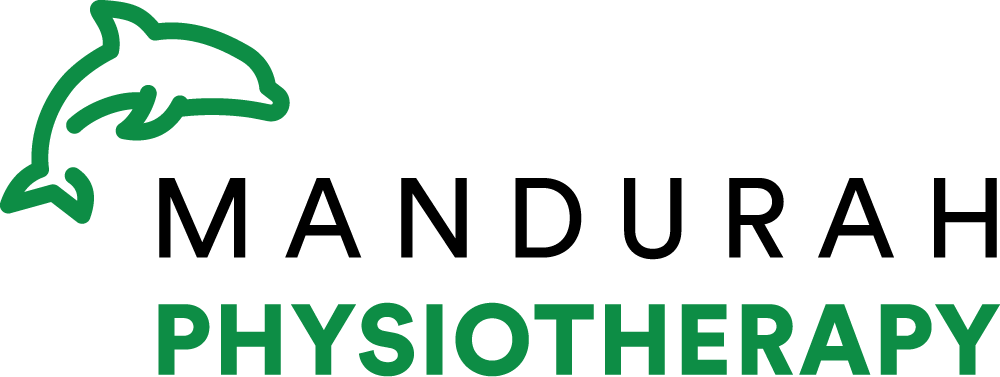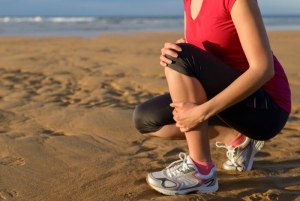Shin pain is common in weight bearing activities such as running. There are actually quite a few different problems that can occur in this area and they are often classed under the one umbrella of shin splints.
Assessment is necessary to find out what the problem is and more importantly what is causing it. Usually with shin splint pain there is excess stress on the front muscles of the lower leg which affect the soft layer covering the shin bones. There may be a build up of pressure in the various compartments of the leg which can cause considerable pain during and after sport. There are a number of factors that can be looked at to try to ease this problem. The first is footwear and feet. People with flat arches have a tendency for this problem. This may be solved by a pair of sports shoes with good arch support or additional supports or orthotics may be needed to provide this arch.
The other factors are biomechanics, exercise technique and muscle imbalance which may be putting undue stress on the front leg. Specific stretches may be needed to combat this problem. Tight calf muscles can also cause this sort of problem. If muscles at the back of the leg are tight then the front muscles have to work harder and can become inflamed. Calf stretches both for the long and short calf muscles are important. As well as looking at all these factors, a good stretch regime before and after exercise for the lower limb is vital. Training on soft surfaces such as grass and avoiding hill running can assist healing. Using ice after exercise will decrease inflammation. Massage can also be useful if there is no swelling or heat in the area. Alternate weight bearing training with swimming may be worth considering until symptoms settle. This doesn’t load the muscles but still improves fitness.
Most vital when problems persist is to get advice, treatment and assessment from a physiotherapist with sports experience. Soft orthotics are often an easy and cheap temporary solution to assist healing and reduce the load. Our physiotherapists can assess, treat and fit you with soft orthotics as well as provide management advice and progression back to full activities.

